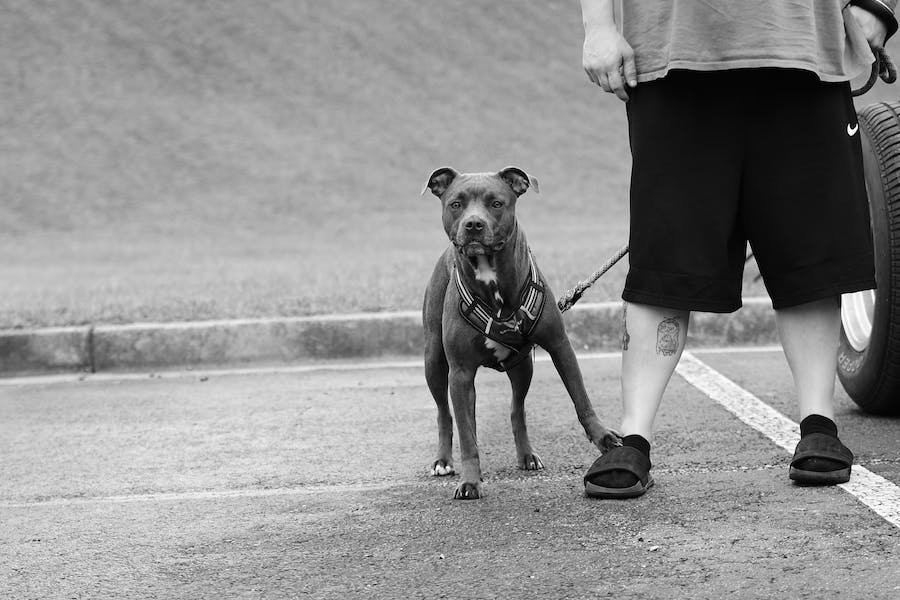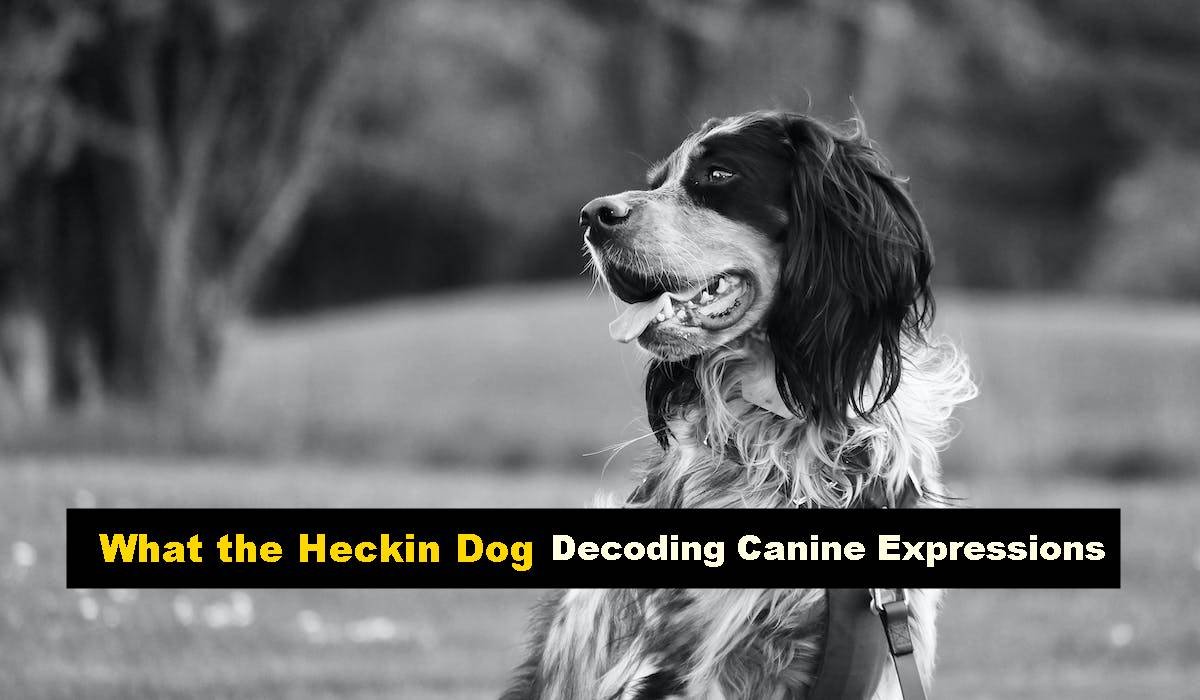Our doggie friends always amaze us with their cute behaviour and distinctive personality. They communicate uniquely, ranging from playful tails to glances. We’ll take a look at the fascinating world of “What do you think of your dog?” and explore what the heckin dog from the various ways that our canine friends try to grab our focus.
Understanding Canine Body Language
Let’s begin by learning the ways dogs interact with each other through body language. Dogs are primarily visual communicators and use body language to communicate their messages. What’s up with that dog? The most important indicators to watch out for include:
Tail Wagging: More Than Just Happiness
It’s not always a sign of joy when a dog is seen wagging its tail. The pace and the position of the tail wag may be a sign of different emotions, ranging from excitement to a sense of caution.
Ears Up, Ears Down, Ears Up. What do they mean?
The posture of the ears can determine the dog’s mood. In most cases, ears that are perked up show interest or focus, while lower ears could signal fear or apathy.
READ MORE: Make Him Jealous Spencer Bradley: Rise in Country Music
Barking and Whining Vocal Communication

Dogs do not just use their body language to communicate meaning, but they also use vocalizations. If we can decode their barks, whines and growls, they provide an understanding of their desires and feelings.
Different kinds of Barks
Diverse conditions call for different barks from dogs. Learn the distinctions between the barks of your dog’s excitement, alertness, and stress.
the art of Whining
The dog’s whining could be a way to grab your attention or perhaps an indication of anxiety or a demand. Understanding the cause is vital.
the Power of Facial Expressions
The eyes of dogs can convey an array of emotions because of the expressive nature of their eyes.
Soulful Eyes
It is possible to melt your heart in awe of the innocent eyelashes; however, what do they mean? What lies beneath those appealing eyes will be explored.
The role of tail Language
Let’s revisit the tail language and learn more about this fascinating aspect of dog communication.
“Happy Tail” Wag “Happy Tail” Wag
Recognize the signs of a happy tail wag and differentiate the tail wag from all other wags.
Canine Talk: The Way Dogs Communicate
Once we’ve learned the basic principles of communication between dogs, We can now move further into studying the connections between canines and humans.
Playful Bows
Dogs from all over the world make use of the playbow pose as a universal symbol of enjoyment. Learn why it’s vital to your relationships and how it can help improve your relationships.
Sniffing Away: The Canine Handshake
Dogs use the noses of dogs to communicate with one another. Find out what the significance of smell is and how it could aid you in making new friends.
The distinctiveness of every dog
Although these signs can be used as indicators of emotions generally, remember that every dog is a unique animal. The most important aspect of a healthy canine-human relationship is to understand your dog’s characteristics and behaviours.
Conclusion
Dogs communicate with us and other dogs through a rich repertoire of body language, vocalizations, and unique behaviors. By delving into the intricacies of canine expressions, we can strengthen our bond with our four-legged friends and ensure they lead happy, healthy lives.
FAQs
Q1. What do different tail wags mean in dogs?
Tail wags can signify various emotions, from joy to caution. It’s essential to understand the nuances of tail wagging.
Q2. How can you interpret a dog’s ear position?
The posture of a dog’s ears can indicate its mood, with perked-up ears showing interest and lowered ears potentially signaling fear or indifference.
Q3. How do dogs use vocal communication to express themselves?
Dogs utilize vocalizations like barks, whines, and growls to convey their desires and feelings. Learning to decode these sounds is crucial.
Q4. What are the different types of barks in dogs, and what do they mean?
Dogs bark differently based on the situation, such as excitement, alertness, or stress. Understanding these distinctions is vital for dog owners.
Q5. Why is understanding a dog’s individuality important in communication?
While there are general signs of emotions in dogs, each dog is unique. Building a strong bond with your canine companion involves understanding their specific behaviors and characteristics.
